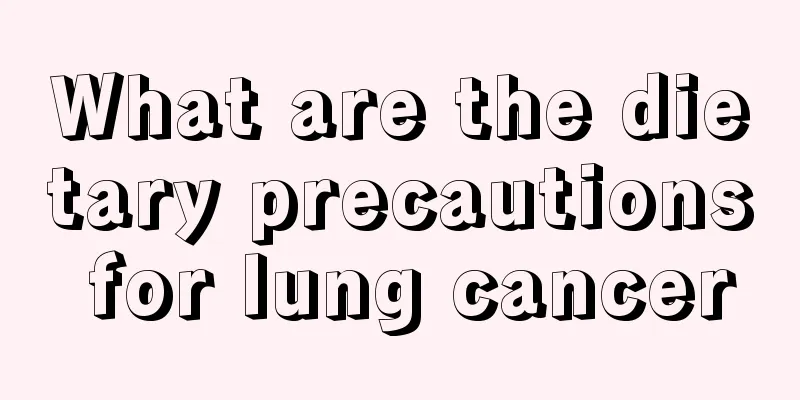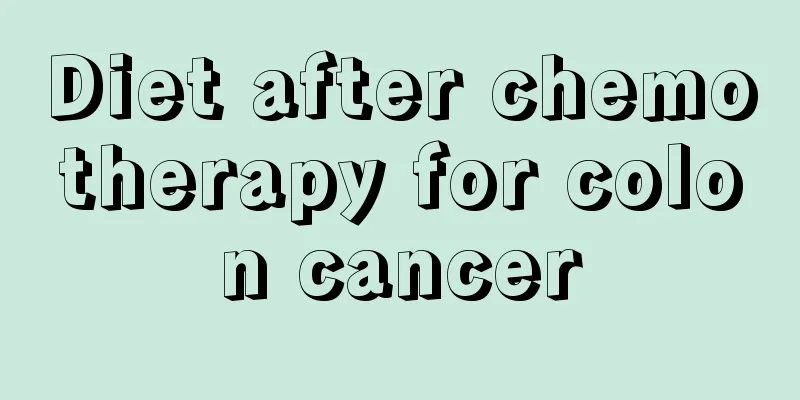Why do I have chest pain when I wake up?

|
Chest pain is a very common phenomenon in life. If you experience chest pain after waking up, it is likely caused by a cold or excessive fatigue. Generally, when this symptom occurs, we first need to rule out heart disease. If not, then see if it is caused by chondritis. It is best to go to the hospital for a check-up to see what causes the chest pain, and then treat it symptomatically after finding out the cause. Some common characteristics of chest pain: 1. Aortic dissection: Most people with this disease suffer from hypertension, and their blood pressure is not well controlled. Some have never taken antihypertensive drugs, which keeps their blood pressure at a high level. For most patients, when they experience chest pain during strenuous activity, the pain is severe at the beginning and may be accompanied by profuse sweating. If the site of dissection is very close to the heart, after severe chest pain occurs, the artery will rupture quickly, causing the patient to die immediately after the chest pain; if the site of dissection is far away from the heart, the severe chest pain will turn into chest tightness, and then abdominal pain and bloating will appear, which means that the dissection is continuing to extend downward, which is very dangerous. It is recommended that patients experiencing the above conditions should go to the hospital for treatment as soon as possible. 2. Coronary heart disease: The following risk factors often exist: obesity, high blood pressure, diabetes, high blood lipids, smoking, family history of coronary heart disease, women over 35 years old, and men over 30 years old. Except for age, if you have three or more of these risk factors, you are more likely to develop coronary heart disease. Most chest pains are pain behind the sternum, radiating to the left shoulder and arm. They usually occur when you are active or encounter cold air in the morning. Angina pain lasts for several minutes each time and can be relieved by resting or eliminating the cause. After the chest pain is relieved, the patient will be the same as a normal person. If the chest pain is very severe and lasts for more than 30 minutes, accompanied by profuse sweating, chest tightness or even a feeling of suffocation, it means that it has developed into an acute myocardial infarction. Even if the chest pain is relieved and there is no discomfort, you should go to the hospital as soon as possible and at least have an electrocardiogram to determine whether it is an acute myocardial infarction. 3. Pulmonary embolism : Most patients have the following causes: chronic cardiopulmonary disease, lower limb venous thrombosis, post-surgery, trauma (including soft tissue contusion), fracture, long-term bed rest, obesity, malignant tumors, pregnancy and oral contraceptives, etc. A few have no clear causes. The symptoms of chest pain are not very obvious. Some patients will experience chest pain when they take a deep breath or cough, some patients will experience chest pain when they are active, and most patients will experience symptoms such as chest tightness, shortness of breath, and dry cough when they are active. Some patients may also experience hemoptysis or even syncope. Most patients will experience a drop in blood pressure, as well as increased breathing and heart rate. Because acute main trunk pulmonary embolism can lead to death, and pulmonary artery embolism can turn into chronic pulmonary infarction, if the above causes exist, you must go to the hospital for treatment after chest pain occurs, and do not miss the opportunity for treatment. 4. Spontaneous pneumothorax: It often occurs in tall and healthy young people and patients with chronic lung diseases. They often feel sudden chest tightness and shortness of breath after lifting heavy objects, holding their breath, doing strenuous activities or coughing, and the pain is persistent. The chest pain on one side is not too severe and often occurs during activities or coughing, and is tolerable. There may be cough, but little sputum. A chest X-ray at the hospital can confirm the diagnosis. If a tall and thin young person experiences the above symptoms, he should go to the hospital for treatment in time to avoid delaying the condition. 5. Lung cancer: Patients may experience chest pain that worsens when breathing or coughing. In addition to chest pain, patients may experience irritating coughs, chest tightness and shortness of breath, and even hemoptysis in the early stages, as well as gradual weight loss, fatigue, and loss of appetite. 6. Pneumonic pleurisy: There will be a history of upper respiratory tract infection, chest pain occurs when coughing or taking a deep breath, often accompanied by fever, cough, sputum, and even chest tightness and shortness of breath. The above symptoms will be alleviated after taking anti-infection drugs. 7. Acute pericarditis: Chest pain and fever occur at the same time. The location of chest pain is mostly in the precordial area or behind the sternum, and can radiate to the neck, left shoulder and left arm. The severity varies. In severe cases, it is sharp pain. The pain will worsen when inhaling and coughing, and sometimes occur or worsen when changing body position or swallowing. When there is a lot of pericardial effusion, dyspnea may occur, and the chest pain will be relieved at this time. In addition to chest pain, there are also symptoms such as dry cough. 8. Reflux esophagitis: Chest pain manifests as a burning pain behind the sternum, which often occurs when lying down or bending over after a full meal. It may be accompanied by symptoms such as acid reflux, heartburn, and nausea. It can also occur when you are sleeping soundly. 9. Intercostal neuralgia: There are often triggers such as mental tension, emotional instability and poor sleep. It manifests as needle-like pain in the chest or back. It is fleeting, but recurs repeatedly, lasts for a few seconds or minutes, and then stops automatically. The pain range is localized to a single point or no fixed location. These symptoms may disappear after the triggering cause is eliminated. 10. Non-suppurative costochondritis: The pain mostly occurs in the 2nd to 4th costal cartilages beside the sternum, with the 2nd costal cartilage being the most common. It may be unilateral or bilateral. The affected costal cartilage will be locally swollen and bulging, and the pain may be dull or sharp. There is obvious tenderness locally, and there is no redness or swelling of the skin. Sometimes pain also occurs in the back corresponding to the chest. Symptoms can be relieved by physical therapy, hot compress, and taking blood-activating and blood-stasis-removing drugs. 11. Shingles: If there is a history of cold or upper respiratory tract infection, the skin on the chest or waist will feel prickly, and the local skin will have obvious tenderness, followed by the appearance of red papules, which will soon turn into blisters. The pain is usually on one side. 12. Cardiac neurosis: Chest pain is often triggered by tension or excitement, has nothing to do with physical activity, often occurs during rest, and is relieved after activity or diversion of attention. More common in women. The chest pain is often located in the apex of the heart and the area under the left breast. It is often a stabbing or dull pain that lasts for seconds or hours, and is often accompanied by symptoms such as chest tightness, shortness of breath, palpitations, and insomnia. 13. Hysteria: Shortness of breath often occurs when emotions fluctuate violently, followed by severe chest pain, numbness of both hands, convulsions, accompanied by symptoms such as chest tightness and shortness of breath. Chest pain can be significantly relieved by controlling the breathing rate and taking deep breaths. Chest pain should not be ignored. Understand the nature of your chest pain to avoid delaying the best time for treatment. |
<<: How to treat acquired curly hair
>>: Feeling pain in your hips?
Recommend
What are the common causes of lung cancer?
The cause of lung cancer is still not completely ...
What are the folk remedies for treating ichthyosis
To treat ichthyosis, some diet and conditioning m...
What is the use of the appendix
There is a cecum at the end of the large intestin...
Why do I feel numb all over my body?
The problem of numbness all over the body cannot ...
What happens if thyroid stimulating hormone is high?
Ordinary people do not pay much attention to the ...
Why does my heart suddenly hurt?
Heart disease has become one of the major disease...
What diseases can Wang Buhe cure
Wang Buhe is the inheritor of a national intangib...
What are the harms of holding your breath while sleeping on your stomach?
Many people often sleep on their stomachs at nigh...
Does cervical cancer cause stomach pain?
Does cervical cancer cause stomach pain? Patients...
Are microwaves harmful to the human body?
Most people are unfamiliar with microwaves and do...
Abnormal bone metabolism
Everyone knows that the human body needs metaboli...
What medicine is effective for uterine cancer
What medicine is effective for uterine cancer? Ut...
What are the symptoms of rib fracture
The ribs are located in our chest cavity. If the ...
Can I drink milk 2 hours after taking anti-inflammatory drugs?
Milk is a drink rich in nutrients. Not only does ...
Can rectal ca be cured?
Rectal CA is what we often call rectal cancer. CA...









